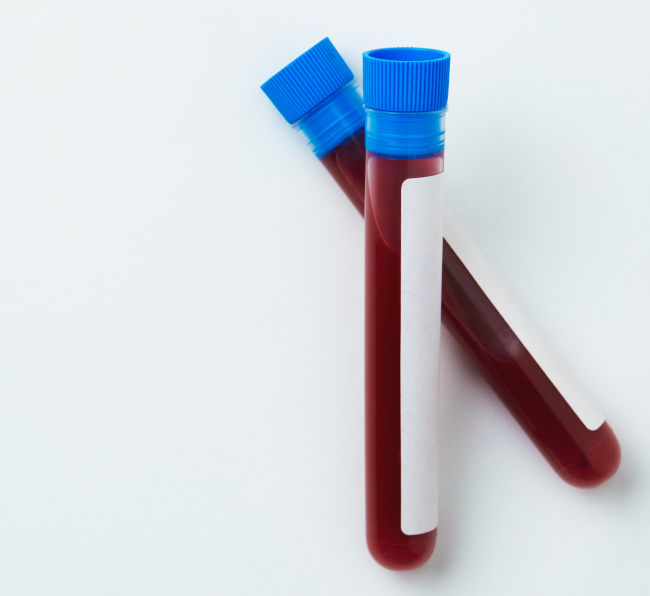Mean corpuscular volume in a complete blood count (MCV)
To ensure the ideal ability to carry oxygen and exchange it with tissues, red blood cells must have a number of characteristics, including volume. Too large a size will cause difficulty in the passage of blood cells through the smallest capillaries, a small value will lead to insufficient hemoglobin content inside. In both cases, the risk of hypoxia increases - oxygen starvation with the ensuing consequences for the entire body

specialists

equipment

treatment
Mean corpuscular volume (MCV)

To ensure the ideal ability to carry oxygen and exchange it with tissues, red blood cells must have a number of characteristics, including volume. Too large a size will cause difficulty in the passage of blood cells through the smallest capillaries, while a small size will lead to insufficient hemoglobin content inside. In both cases, the risk of hypoxia increases - oxygen starvation with the ensuing consequences for the entire body.
Normally, MCV is 80-100 fl (femtoliter) - normocytosis. A decrease in this indicator is called "microcytosis" and is characteristic of:
- Water-electrolyte imbalance of plasma, when the concentration of salts in the extracellular environment increases or the amount of liquid decreases. To maintain balance, liquid moves from the intracellular environment to the outside, which results in a decrease in the capacity of the cells themselves. This condition is typical for dehydration (uncontrollable vomiting, diarrhea, extensive burns, water deficiency and thirst in hot conditions, loss of moisture with increased sweating), renal and endocrine pathology
- Assumption of the presence of parasites (jaundice, weight loss, indigestion, intestinal upset, bloody discharge from the anal canal, muscle pain, eosinophilia)
- Reduced hemoglobin synthesis due to iron deficiency or changes in its metabolism in the body, as well as in genetic diseases (thalassemia) and sideroblastic anemia
- Toxic bone marrow damage (lead poisoning)

Macrocytosis is an increase in the average RBC volume over 100 fl. It is observed in the case of:
- Deficiency of folic acid and vitamin B12 is the most common cause
- Hypothyroidism
- Liver dysfunction, especially with alcohol damage
- Long-term use of oral contraceptives, cytostatics (powerful antibiotics, immunosuppressants and antitumor drugs)
Determination of MCV in combination with other red blood cell indices (MCH, MCHC, HCT and RDW) significantly increases the clinical value of a complete blood count, allows for differential diagnosis of anemia. The latter point is very important, since different types of anemia can have fundamentally different approaches to treatment and prevention.

This award is given to clinics with the highest ratings according to user ratings, a large number of requests from this site, and in the absence of critical violations.

This award is given to clinics with the highest ratings according to user ratings. It means that the place is known, loved, and definitely worth visiting.

The ProDoctors portal collected 500 thousand reviews, compiled a rating of doctors based on them and awarded the best. We are proud that our doctors are among those awarded.
Make an appointment at a convenient time on the nearest date
Price












